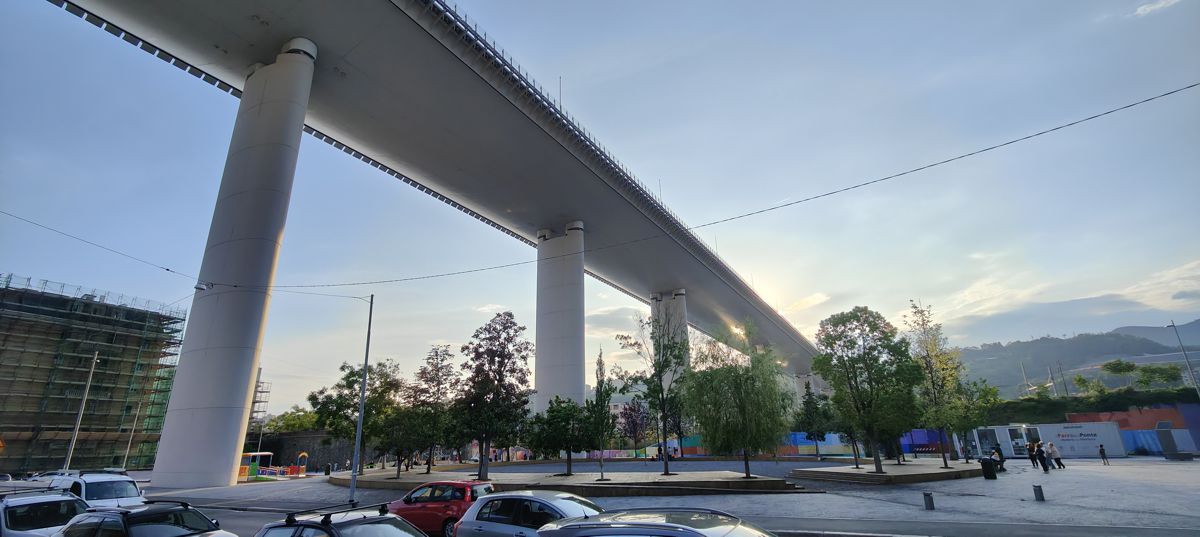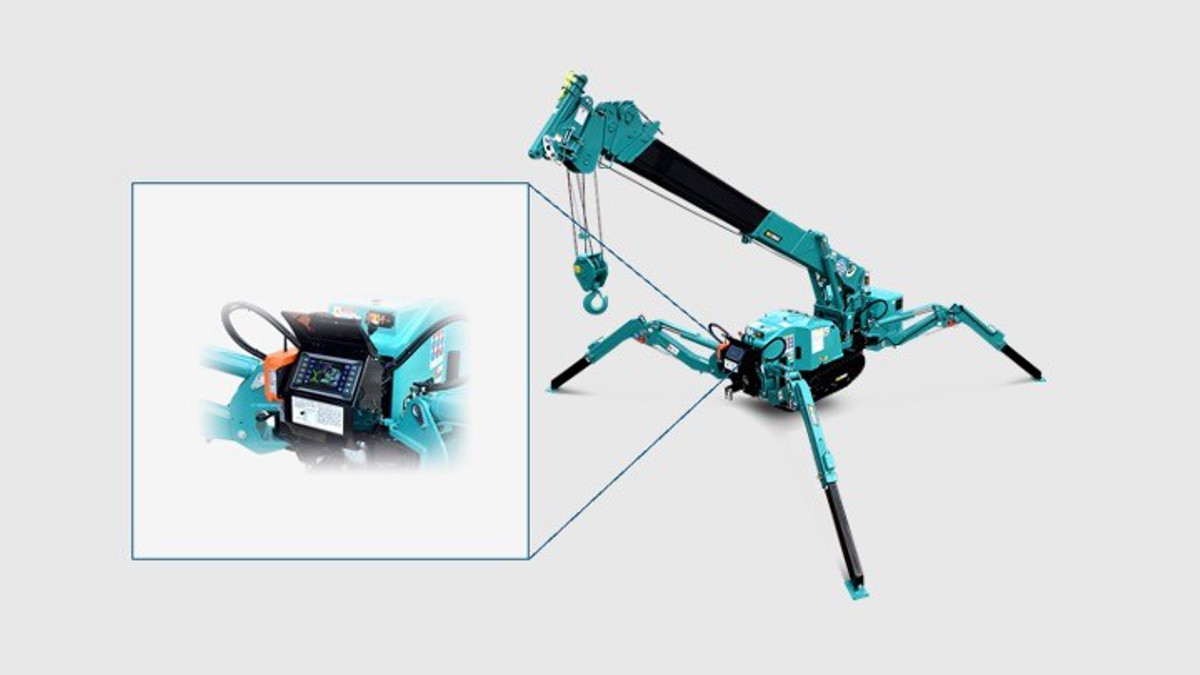The future of alternative dispute resolution?
Alternative dispute resolution, also known as ADR, is often used in construction and professional negligence disputes.
In early December a working group of the Civil Justice Council published its ADR and Civil Justice Final Report, November 2018 which makes recommendations about ADR following the working group’s review of the ways in which ADR is currently positioned within the civil justice system in England and Wales. In this article, we take a brief look at what ADR is, why it is used and the report’s recommendations for the way forward.

What is ADR?
ADR, particularly mediation, is often used as a method to seek resolution of construction and professional negligence disputes, before they escalate to more formal proceedings like litigation.
There are different types of ADR, but mediation (a voluntary, confidential and very flexible process, where a neutral third party works to facilitate settlement) immediately springs to mind for most of us, as it is the most well-known form of ADR.
However, there are other kinds of ADR available, namely:
- negotiation and round table meetings
- conciliations and ombudsmen
- judicial or private early neutral evaluation
- arbitration
- online dispute resolution.
Each of these is helpfully described in Section 3 of the report.
Why is ADR used?
ADR is used to seek to resolve disputes early if possible, with the obvious advantage of resolving problems more quickly and cheaply, since other formal dispute processes can take months or even years and costs can be very high.
In terms of commercial benefits, using ADR might actually save a business relationship, because “talking through” your differences and settling early may mean you are more willing to work together again.
Contractually, you may be obliged to use ADR in the event of a dispute arising.
Construction or professional negligence claims must comply with the Pre-Action Protocols. The Pre-action Protocol for Professional Negligence Claims requires a claimant to state in its Letter of Claim whether it wishes to refer the dispute to adjudication and parties are also required to consider ADR more generally. Similarly, the Pre-action Protocol for Construction and Engineering Disputes requires parties to meet and consider using ADR to resolve their differences.
Finally, the courts look favourably on the use of ADR and a failure to address ADR may have cost consequences even if a party succeeds in court. The Technology and Construction Court (TCC) Guide states in section 7 that “the court will provide encouragement to the parties to use alternative dispute resolution and will, whenever appropriate, facilitate the use of such a procedure…At the end of the trial, there may be costs arguments on the basis that one or more parties unreasonably refused to take part in ADR”. This approach has been affirmed by two Court of Appeal decisions in recent years: PGF II SA v OMFS Company 1 Limited [2013] EWCA (Civ) 1288 and Thakkar v Patel [2017] EWCA Civ 117.
In PGF, the Court of Appeal held that silence in the face of an offer to mediate was, save in exceptional circumstances, unreasonable conduct meriting a costs sanction. This was the case even though an outright refusal to mediate might have been justified.
Similarly, the Court of Appeal reaffirmed in Thakkar that a failure to engage in ADR will have costs consequences. In that case, the defendant was ordered to pay 75% of the claimant’s costs of the claim even though the claimant failed to better the defendant’s (withdrawn) offer.
What does the report say should happen next?
The report advocates “a forum for continuing liaison between Judges, ADR professionals and other stakeholders to progress ADR’s contribution and its place within a rapidly changing civil justice world”.
It also highlights the need:
- to raise awareness about ADR – in law, in the professions, and even in the general public
- to increase availability of ADR – not only in terms of funding and logistics, but also in terms of quality and regulation of the professionals involved, and
- to encourage the use of ADR – by both the government and the courts.
The suggestions for raising awareness about ADR include more co-ordination between different areas of ADR (eg civil, workplace, community) to provide “a single voice of mediation”, setting up a website as a central point of information about ADR with demonstration videos on how different forms of ADR work, and pushing to get references to ADR into broadcast and social media.
On increasing ADR availability, the conclusions include ensuring that judges are sufficiently available for judicial early neutral evaluation, seeing the small claims mediation scheme being fully resourced, considering emulating the regulatory approach of the Family Mediation Council, and promoting standards for online dispute resolution.
And to encourage the use of ADR through the courts and government the suggestions include a review of how the courts treat those who fail to try ADR, having court documents that express a presumption that ADR should be attempted, the claimant’s claim document and also possibly the defendant’s defence document including a requirement to certify attempts to contact the other party and settle, and earlier as well as more stringent encouragement of ADR in case management.
How might this change the ADR landscape?
While the report states that “the Rules and the case law have to date been too generous to those who ignore ADR and in our unanimous view under‐estimate the potential benefits of ADR”, it also expressly states “we do not support the introduction of blanket compulsion in the sense of an administrative requirement that proof of ADR activity has to be provided as a precondition of any particular step”.
As such, there is no drastic change recommended to compel parties to try ADR.
That said, it is clear that the working group is concerned about the current state of play and considers that ADR needs to be given a boost, with a harder look taken at those who ignore ADR. The move towards a “presumption” that ADR should be attempted together with the costs consequences for failure to mediate is likely to mean that we can expect more claims will be diverted away from judicial determination.
Whilst it will take time for the report to be reviewed and discussed, and for resultant steps to be determined and undertaken, it is clear that ADR is in its ascendancy.
However, what is interesting in the report is the reminder that mediation is not the only form of ADR and it may be that we shall see more emphasis around these alternatives in the future such that, even if parties have good grounds to avoid mediation, they may not have a good reason to refuse ADR altogether.
















